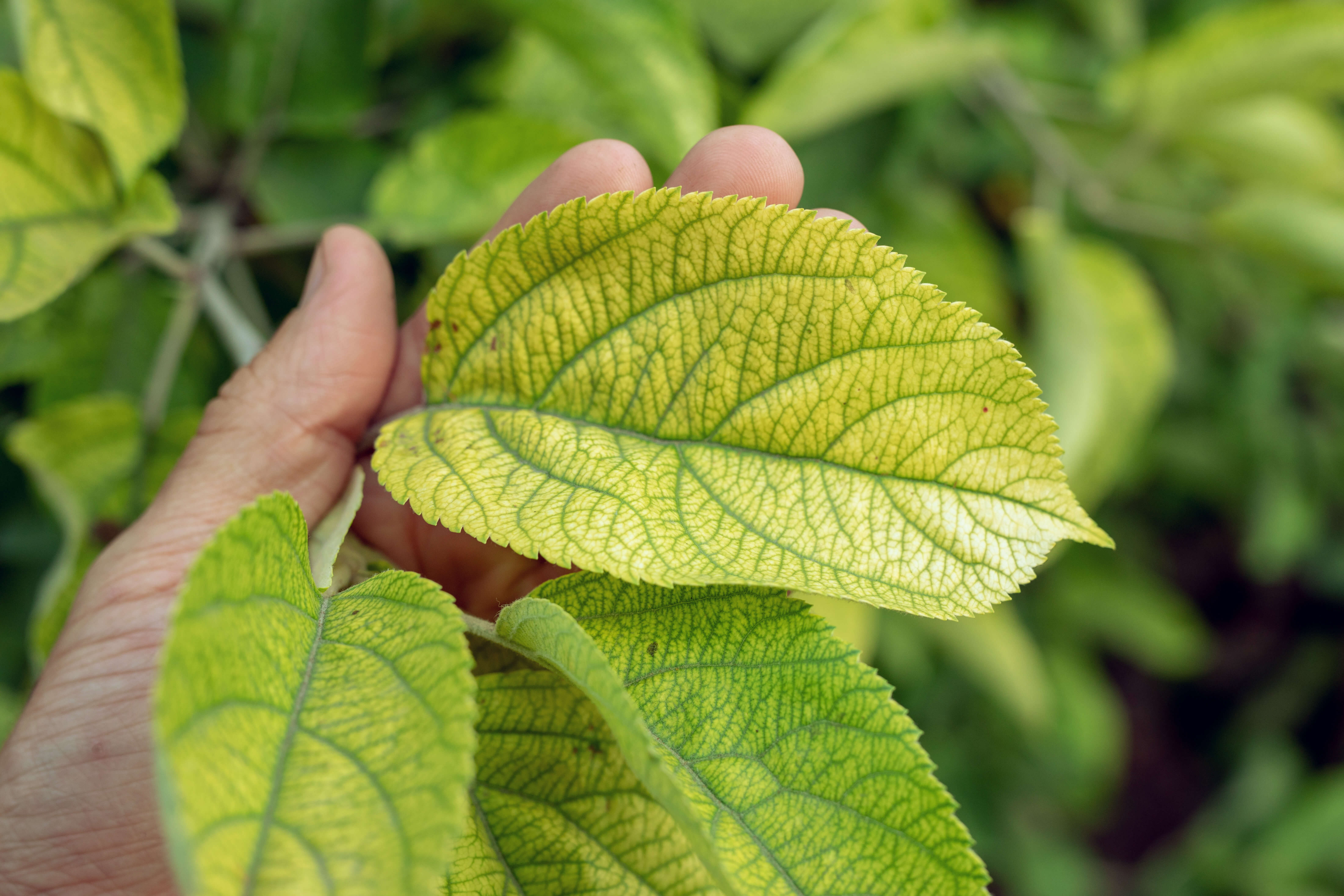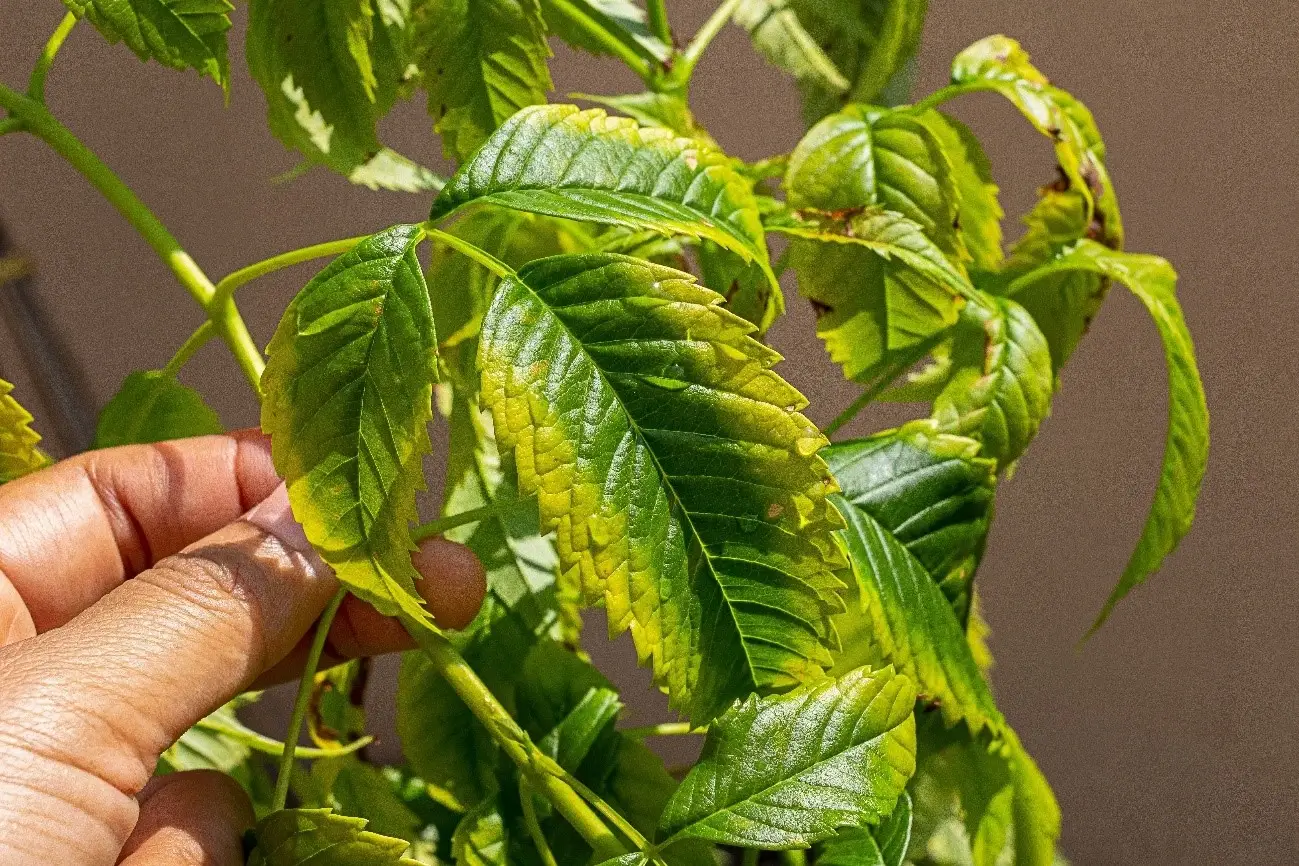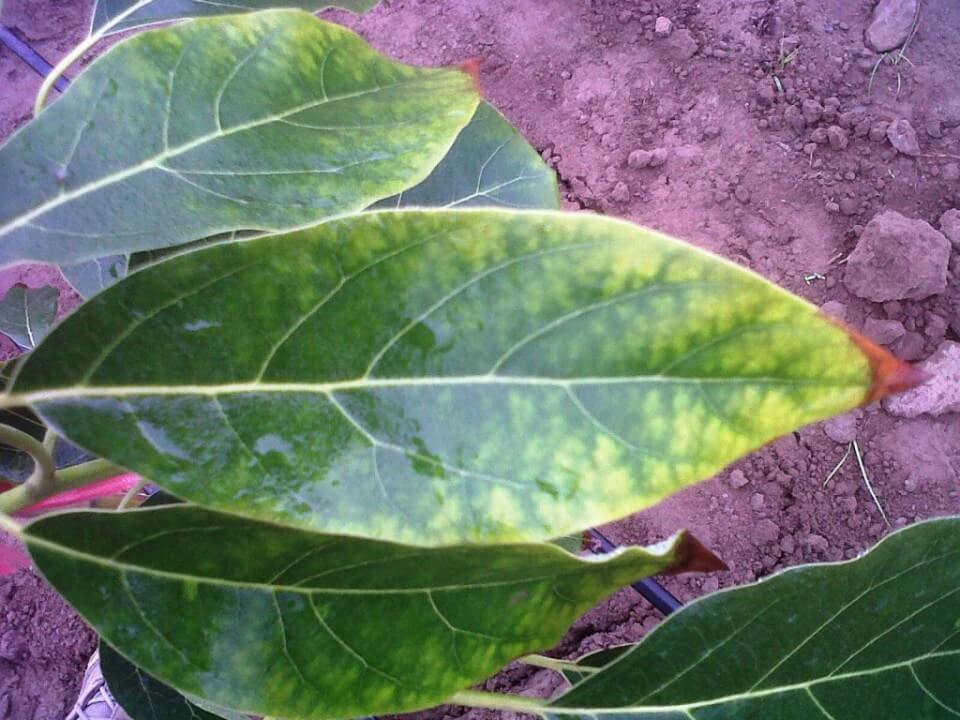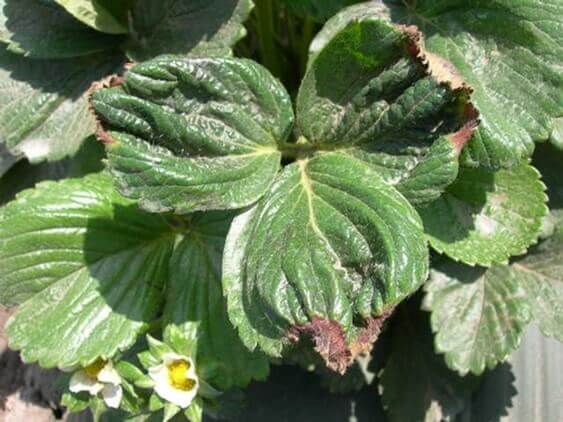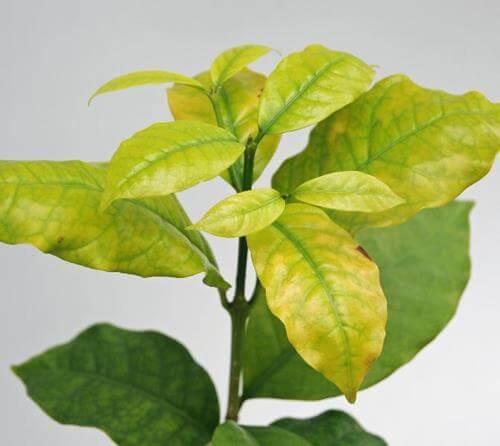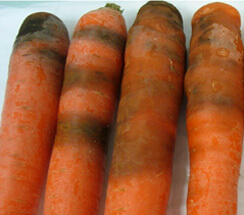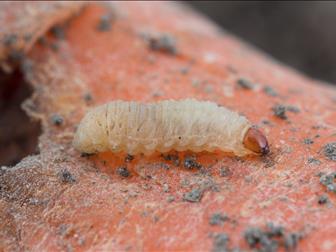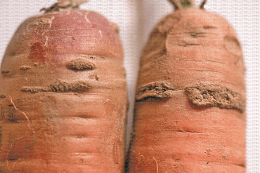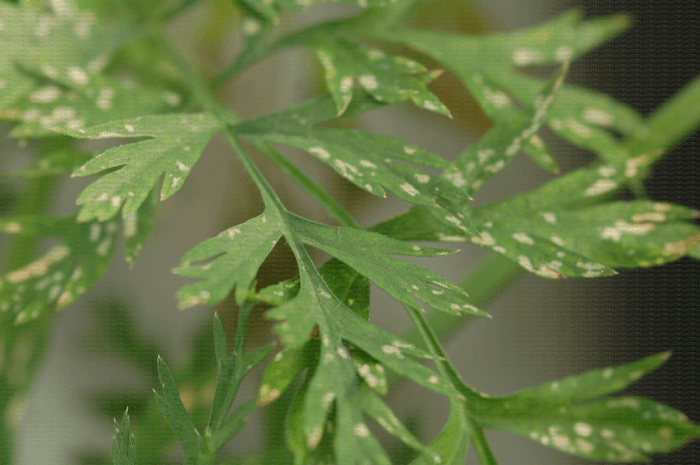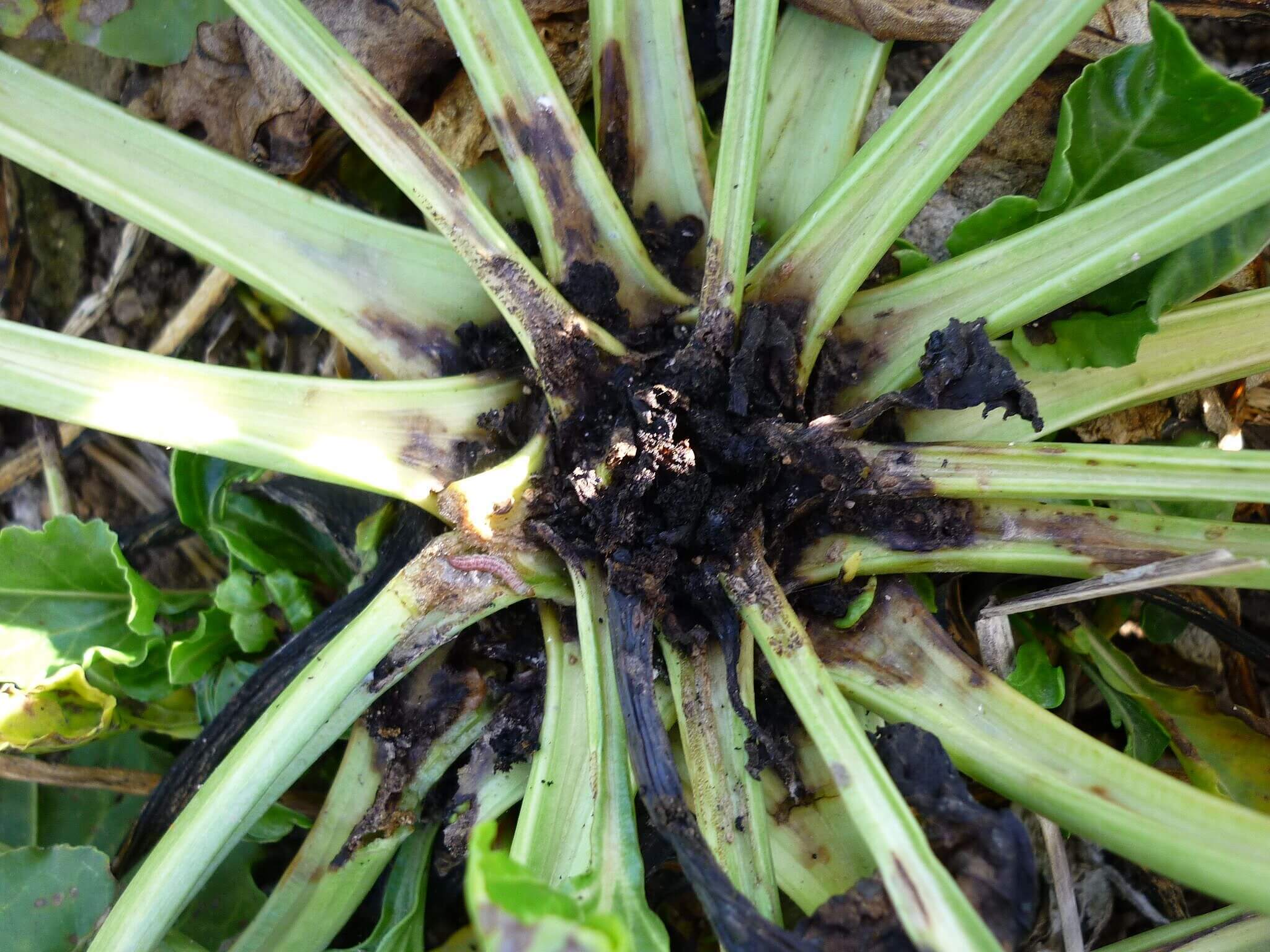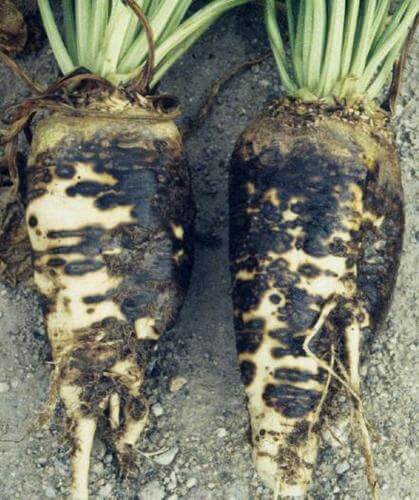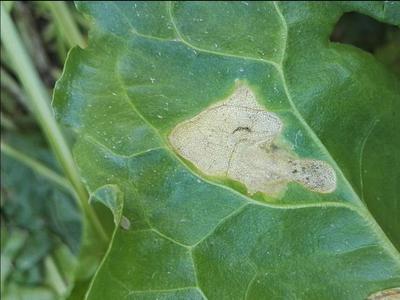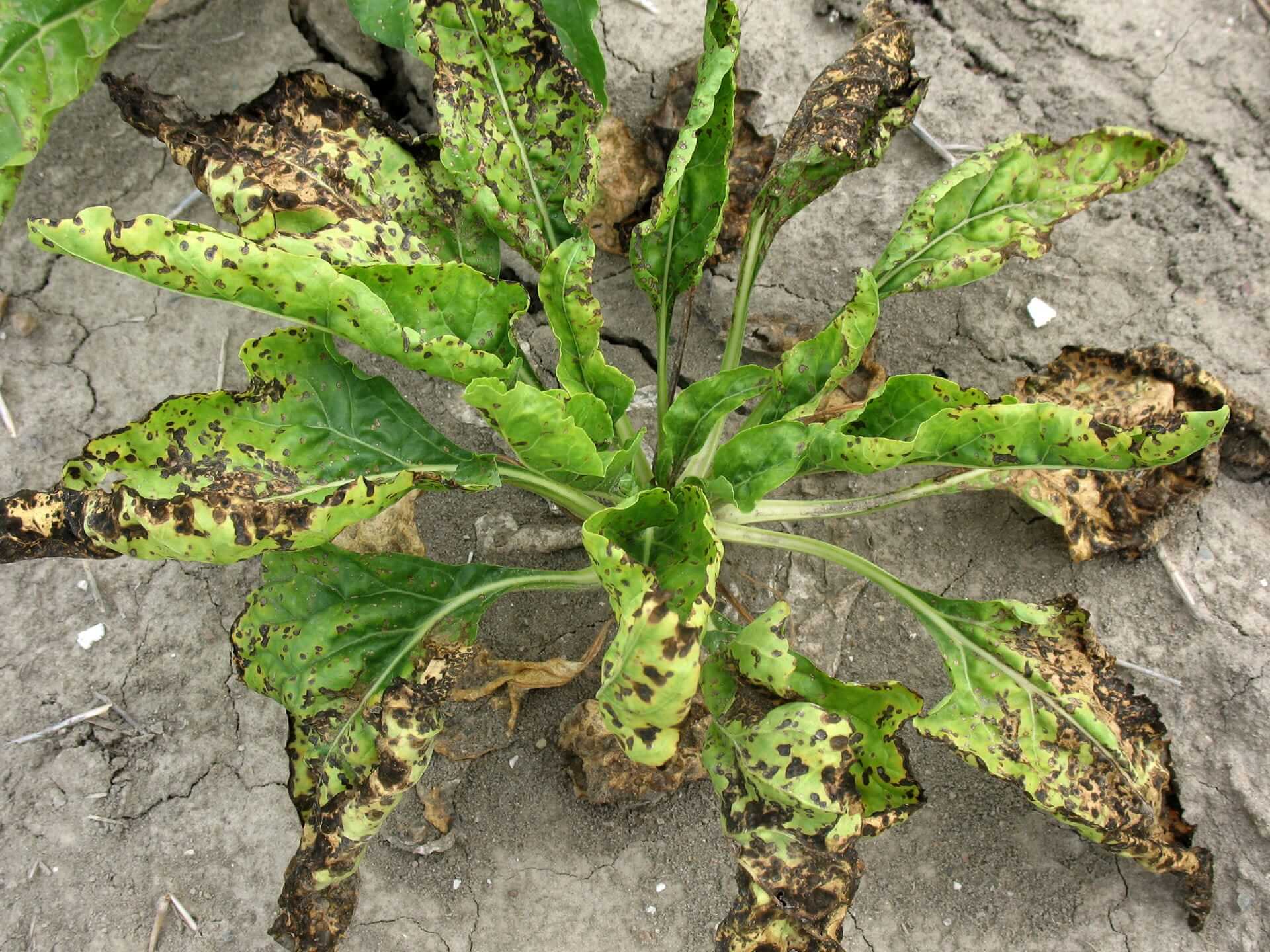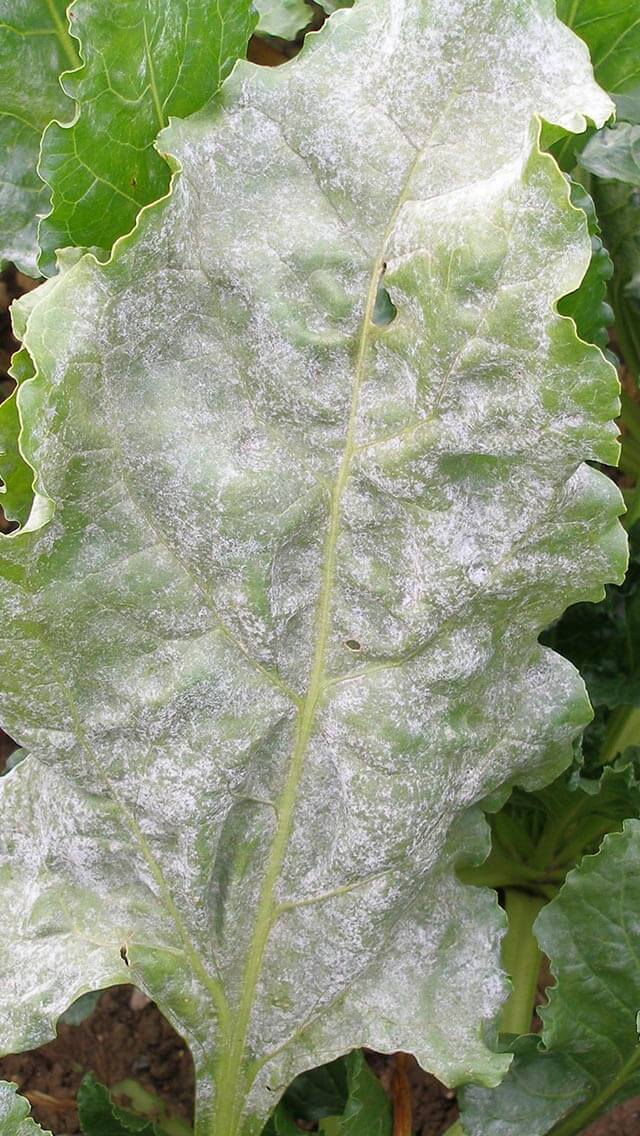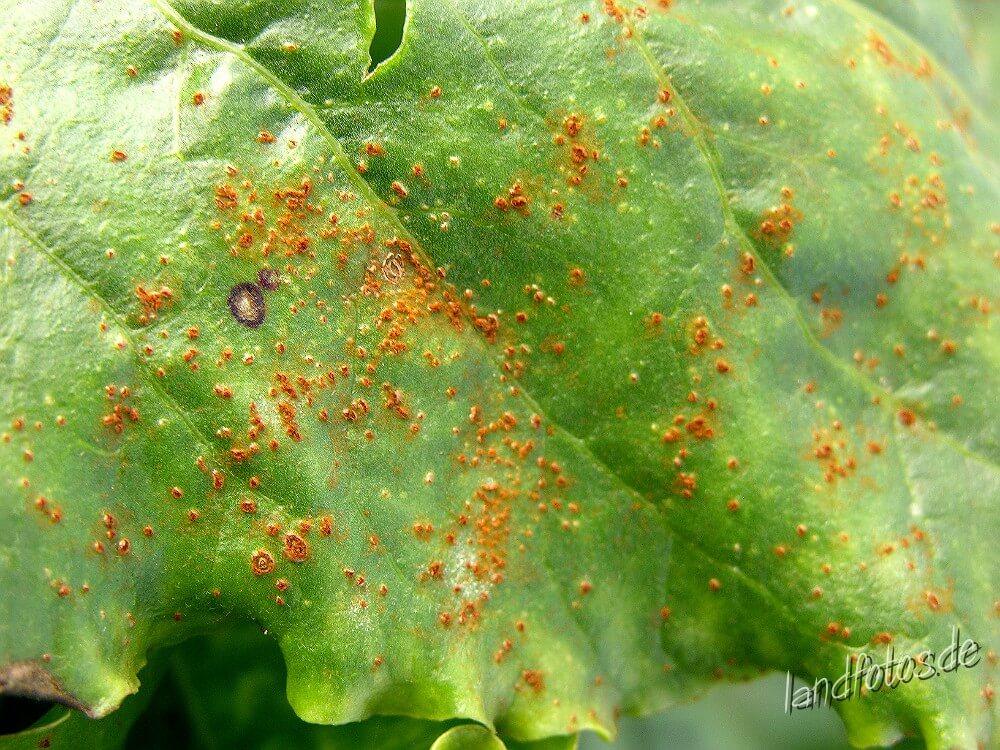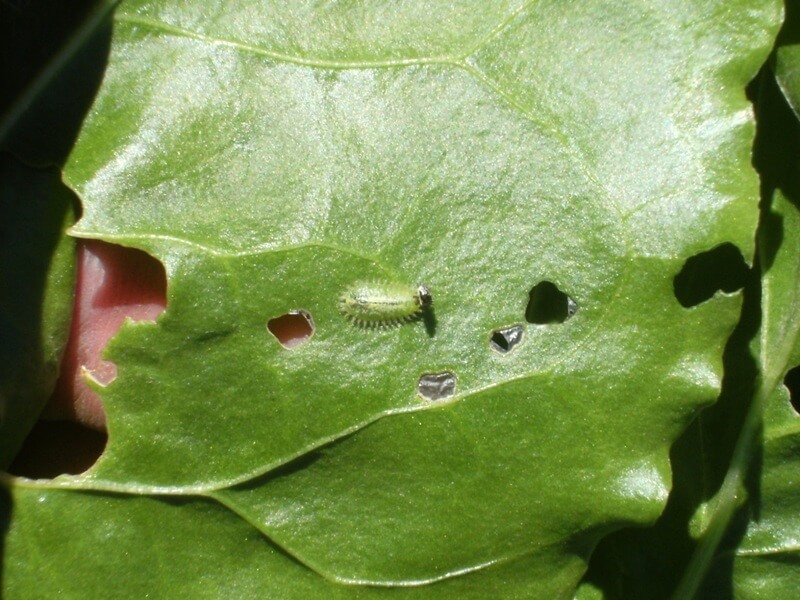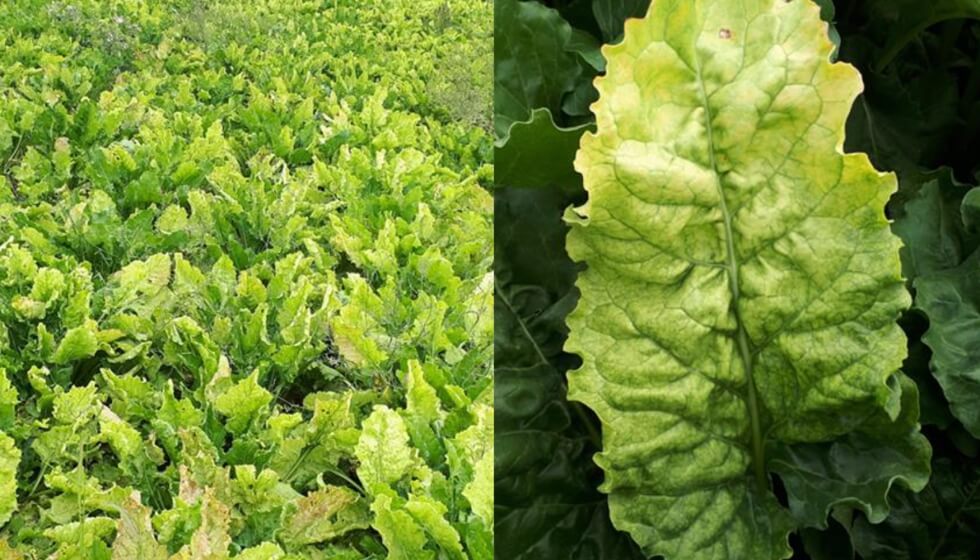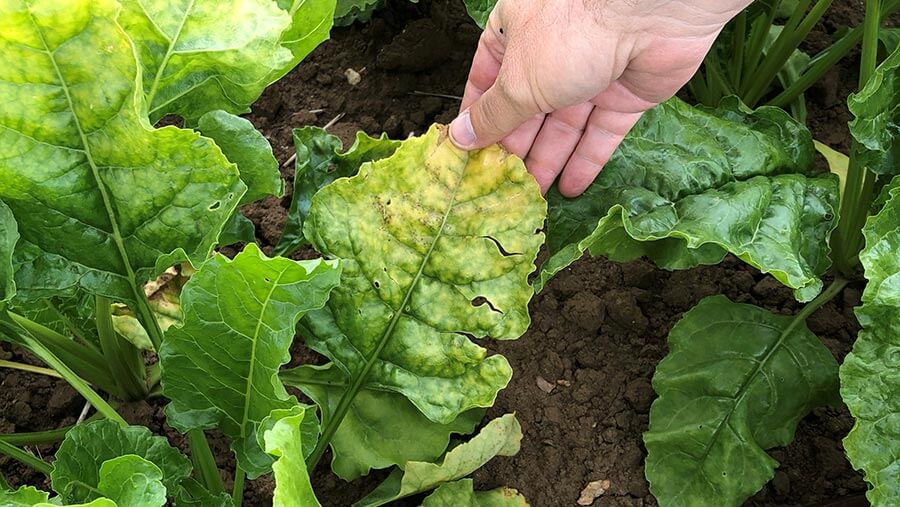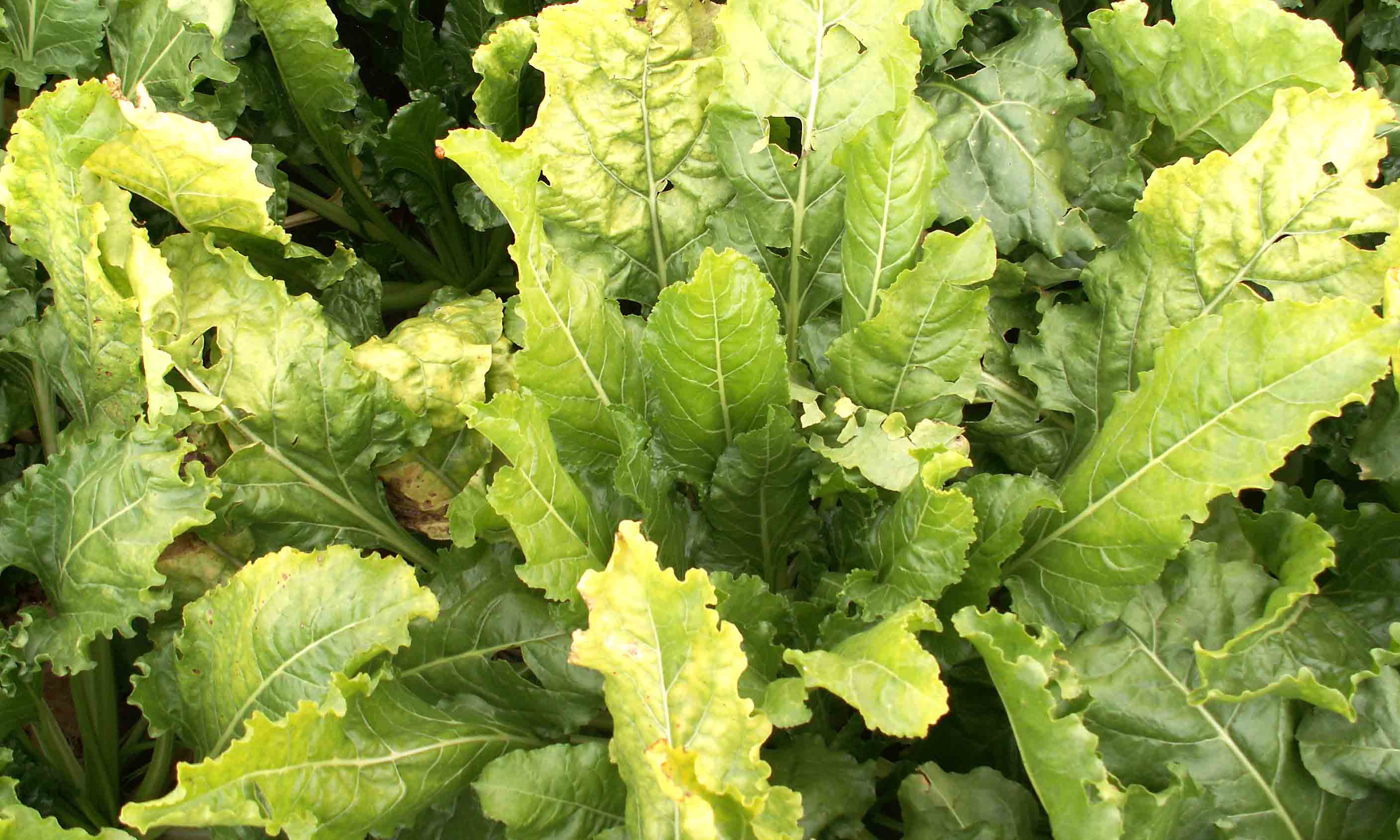
Plantas decorativas de jardín y/o interior
How to recognize and correct boron deficiency in crops and garden plants
Boron Deficiency
Nutritional disorder
Type:
Risk to the plant:
CRÍTICO
-
Pathogen:
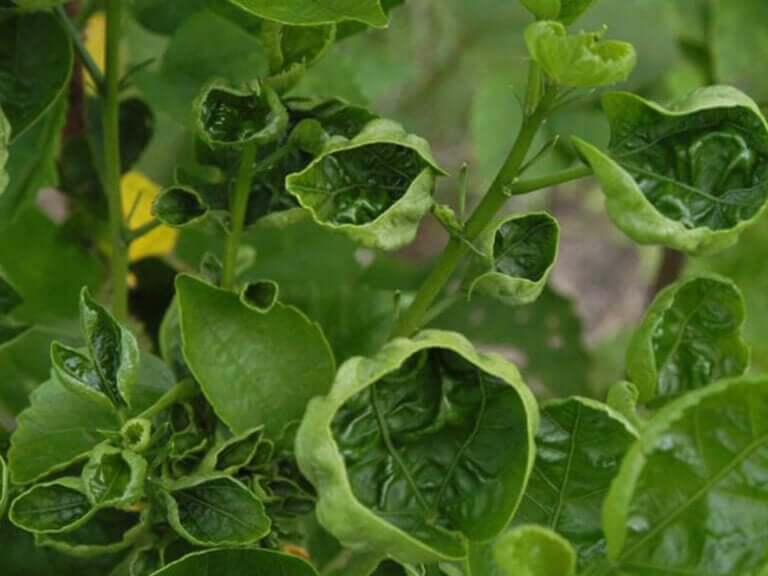
Deficiencia de Boro
WHO CAUSES IT?
Boron is an essential micronutrient for cell formation and elongation, fertilization, flower and fruit development, and sugar transport within the plant. Its deficiency is common in sandy, acidic, or low-organic-matter soils, and under drought conditions, as its mobility depends on water. Boron deficiency primarily affects actively growing tissues, causing deformities, flower abortion, and premature fruit drop.
SYMPTOMS
Boron deficiency first manifests in young shoots, flowers, and developing fruits due to their limited mobility within the plant.
Typical symptoms:
• Flower abortion and flower drop.
• Deformed, dry, or necrotic fruit.
• Dead or deformed terminal shoots.
• Small, curled, or chlorotic young leaves.
• Weak, brittle stems.
• Reduced root growth in young plants.
Boron deficiency develops rapidly in young tissues and reproductive organs. If left uncorrected, it compromises fruit and seed production, seriously affecting crop yield and quality.
Developmental stages:
• Early: Small, curled young leaves, shoots with limited growth.
• Intermediate stage: Flower and young fruit abortion, organ deformation.
• Advanced: Necrosis in fruits, death of terminal shoots.
• End: massive drop of flowers and fruits, significant reduction in the harvest.
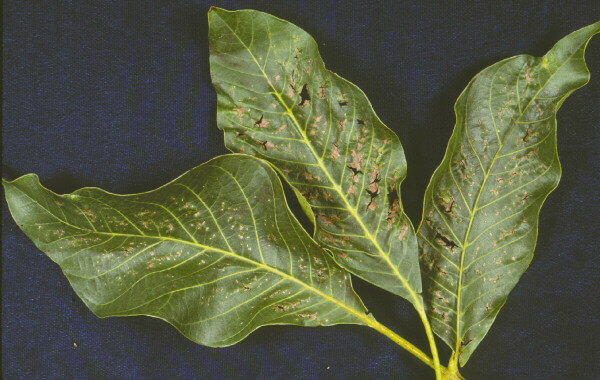

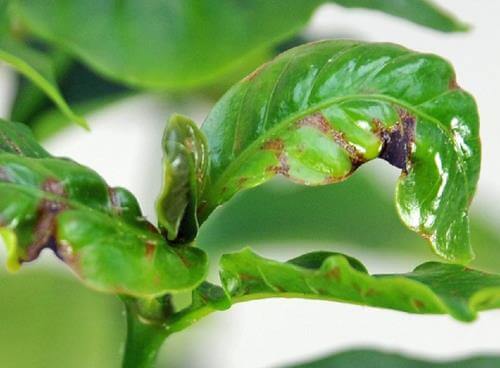
DEVELOPMENT CONDITIONS
Temperature:
-
Humidity:
-
HOW IS IT SPREAD?
-
HOW TO ELIMINATE IT?
Home treatments
There are no home treatments
Natural allies
Chemical treatments
There are no treatments for this disease. Treatments are directed at the insect vectors that transmit it. See insect treatments.
RECOMMENDED PRODUCTS TO ELIMINATE THE PEST
Sponsored link
Sponsored link
Sponsored link
Sponsored link
Sponsored link
Sponsored link
Sponsored link
Effective against all types of fungi
Sponsored link
Sponsored link
Sponsored link
Sponsored link
Sponsored link
REPELLENT PLANTS
-
RECOMMENDATIONS





















